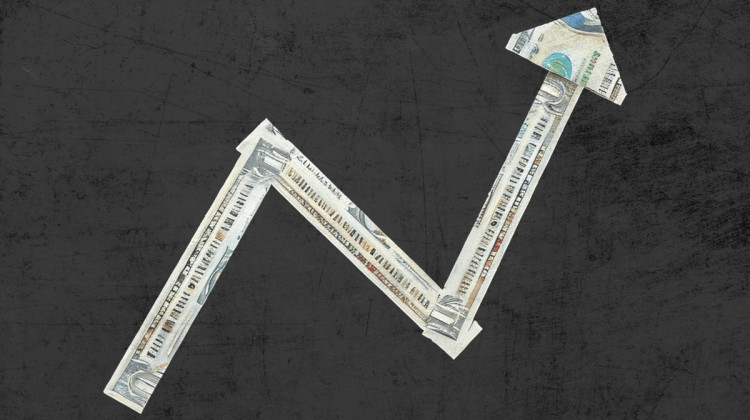Federal subsidies for Affordable Care Act health plans are set to shrink next year. Many shoppers are expected to be priced out of the market, leaving those who stay with higher premiums.
It’s a dynamic that threatens to repeat, leaving markets with fewer and more expensive options as insurers exit, too. How did we get here?
Buying your own health insurance in America has always been expensive and confusing. Without intervention from Congress, next year is shaping up to be worse on both counts.
Premiums will increase by 20%, on average, for shoppers in insurance markets created by the Affordable Care Act, an analysis by policy nonprofit KFF recently found. The soaring expense is expected to drive millions to drop coverage. Insurers say they expect to lose many healthy customers, and they are raising premiums for sicker consumers who remain. New prices may be too high for some people, even those who see the risks in going uninsured.
“I know I’m basically gambling with my life each year that I’m going without insurance,” said Nance Schick, 56, a small business owner who is debating if she can afford to keep her coverage.
This isn’t what policymakers behind the Affordable Care Act envisioned.
Obamacare markets opened for business more than a decade ago, with policies designed to lure lots of shoppers and insurance companies. That would hold down prices and spur innovation, policymakers believed. Even employers, the primary source of health coverage in the U.S., would opt for the markets’ affordable options, the ACA designers figured.
“That clearly didn’t happen,” health economist Jon Kolstad told Tradeoffs. This week we asked Kolstad, a professor at the University of California, Berkeley, to help us understand what went wrong and what’s likely to happen next.
“ We’re not gonna see the full unraveling of the marketplaces,” he said. “ I think you’ll see disenrollment, you’ll see premium increases, and that will lead to all but those that have really, really high subsidies exiting the marketplace. So they’ll shrink.”
Kolstad, who has studied ACA policies and markets, told us federal premium subsidies have been successful in getting more Americans insured. But unless Congress acts in the next few months, those subsidies are scheduled to dramatically shrink next year.
Kolstad walked us through the ways changing subsidy policy is expected to shake up the Obamacare markets. Here are a few takeaways from our conversation:
-
Markets for health insurance are fundamentally different from, say, buying and selling children’s books. Publishers can make a mint with a bestseller, but insurers lose money when customers are very sick and need a lot of health care. Healthy customers are more profitable. How much customers pay for insurance premiums depends, in part, on the mix of healthy and sick people who buy coverage. The original ACA policies, Klostad explained, sought to make it more worthwhile for insurers to sell to sick customers as well as young and healthy folk, and to use mandates and subsidies to get healthy people to buy insurance plans, too.
-
But legal and political fights over the Affordable Care Act undermined confidence and enrollment in marketplaces, Kolstad said. “ From the beginning, it’s been a political football going back and forth.” His own research found healthy Republicans were less likely to sign up for an Obamacare plan than healthy independents or Democrats.
- The extra federal premium-subsidies approved by Congress in 2021 and set to expire in December drew record numbers of shoppers to ACA marketplaces. One recent study found this temporary hike in subsidies accounted for nearly 20% of the growth in all insurance coverage under the ACA, through 2023. Many newly insured people are likely healthy and less worried about having insurance, Kolstad said, but decided coverage with higher subsidies was worth the cost. “And when you take that away, it turns out they have other priorities with what to do with their money,” he said.
We hope you’ll listen to the episode to learn more about what Kolstad thinks will happen next. You’ll also hear directly from Nance Schick, who went uninsured for years before she got coverage with help from ACA subsidies.
This story comes from the health policy podcast Tradeoffs. Dan Gorenstein is Tradeoffs' executive editor. Sign up for Tradeoffs' weekly newsletter to get more health care reporting in your inbox.
 DONATE
DONATE









 Support WFYI. We can't do it without you.
Support WFYI. We can't do it without you.